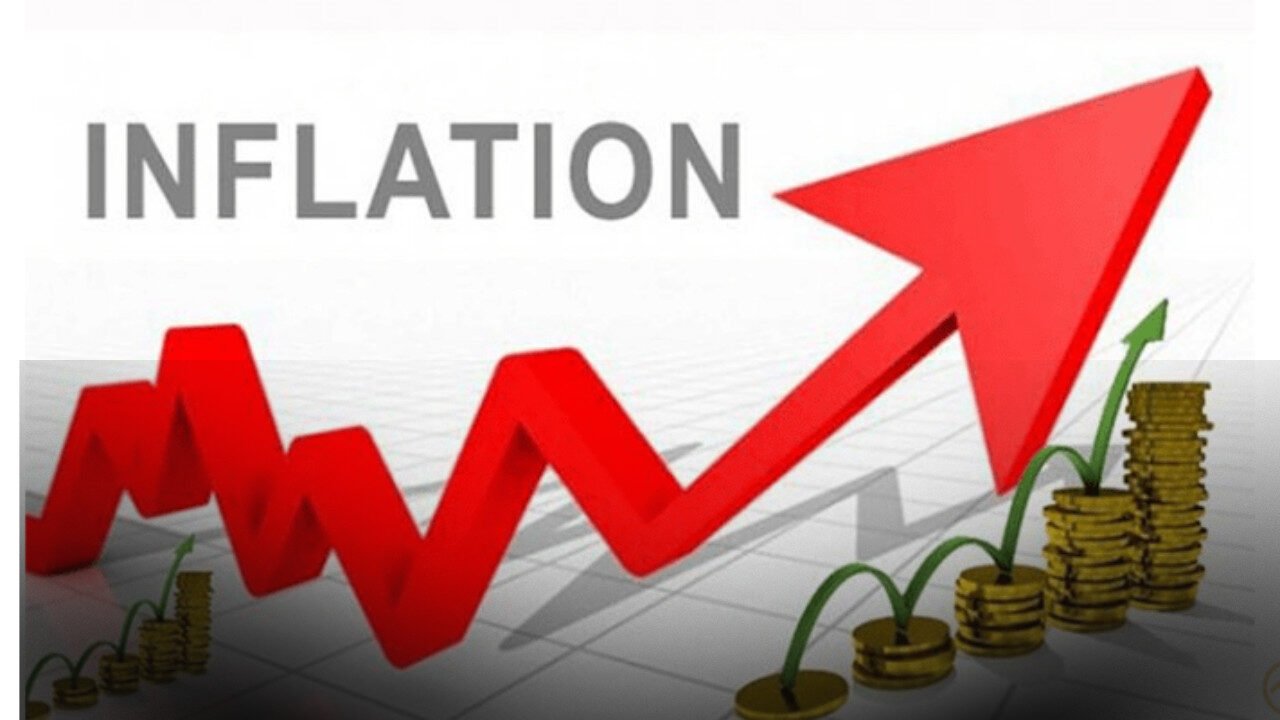By Abdul Ghani
Floods hit hard, and prices felt the squeeze. Pakistan inflation 2025 jumped to 5.6 percent year-on-year in September 2025, up from 3 percent in August. The main reasons were higher food costs after the floods and changes in energy tariffs.
Pakistan Inflation 2025 Trends in September
Looking closer, the Finance Division’s Monthly Economic Update & Outlook for October 2025 showed the Consumer Price Index (CPI) reflected moderate inflation. Annual inflation was down from 6.9 percent in the same month last year. Month-to-month, prices rose 2 percent in September, after falling 0.6 percent in August.
Average Inflation During FY2026 Q1
During July to September FY2026, inflation averaged 4.2 percent, a significant drop from 9.2 percent in the same period last year. This reporter notes that the rise in inflation was mostly due to temporary food and energy adjustments.
Major Contributors to CPI Increase
Education and health were among the biggest contributors to the year-on-year CPI increase, rising 10.7 percent and 10.6 percent, respectively. Clothing and footwear went up 8 percent, while non-perishable food items climbed 6.5 percent. Restaurants and hotels saw a 6.1 percent increase, transport rose 4.2 percent, and housing, water, electricity, and gas went up 3.7 percent.
Areas of Price Decline and SPI Overview
On the other hand, prices of perishable food items dropped 3.7 percent, and recreation and culture declined 2.7 percent. The Sensitive Price Indicator (SPI) for the week ending October 23 showed a 0.22 percent rise, with 20 out of 51 items increasing in price.
Inflation Outlook and Economic Confidence
The Finance Division said that inflation pressures were less severe than expected despite the floods. Supply chains recovered quickly, and food became more available. “The outlook suggests inflation will stay within the target range of 5–7 percent in the medium term,” the report stated.
Economists added that stable currency exchange rates, careful monetary management, and falling global commodity prices helped keep inflation moderate. “The current trend shows inflation is being managed well without slowing down growth,” one analyst told this reporter.
Consumer and business confidence also improved. Surveys show that expectations of rising prices have eased. Still, energy pricing adjustments remain a short-term risk that could affect inflation.
Looking ahead, the Finance Division projected inflation to stay between 5 and 6 percent in October. Lower food prices and steady fuel costs are expected to support this trend. Continued fiscal discipline, steady remittances, and stable reserves will further help keep prices in check.
Author Profile
-
Abdul Ghani is a sharp analyst focused on Pakistan's industrial transformation. His reporting reveals the textile sector's pivot from basic cotton to high-growth value-added apparel.
Ghani's work underscores the triumph of knitwear and garments in boosting exports, while warning policymakers to tackle energy costs to secure long-term global competitiveness.





